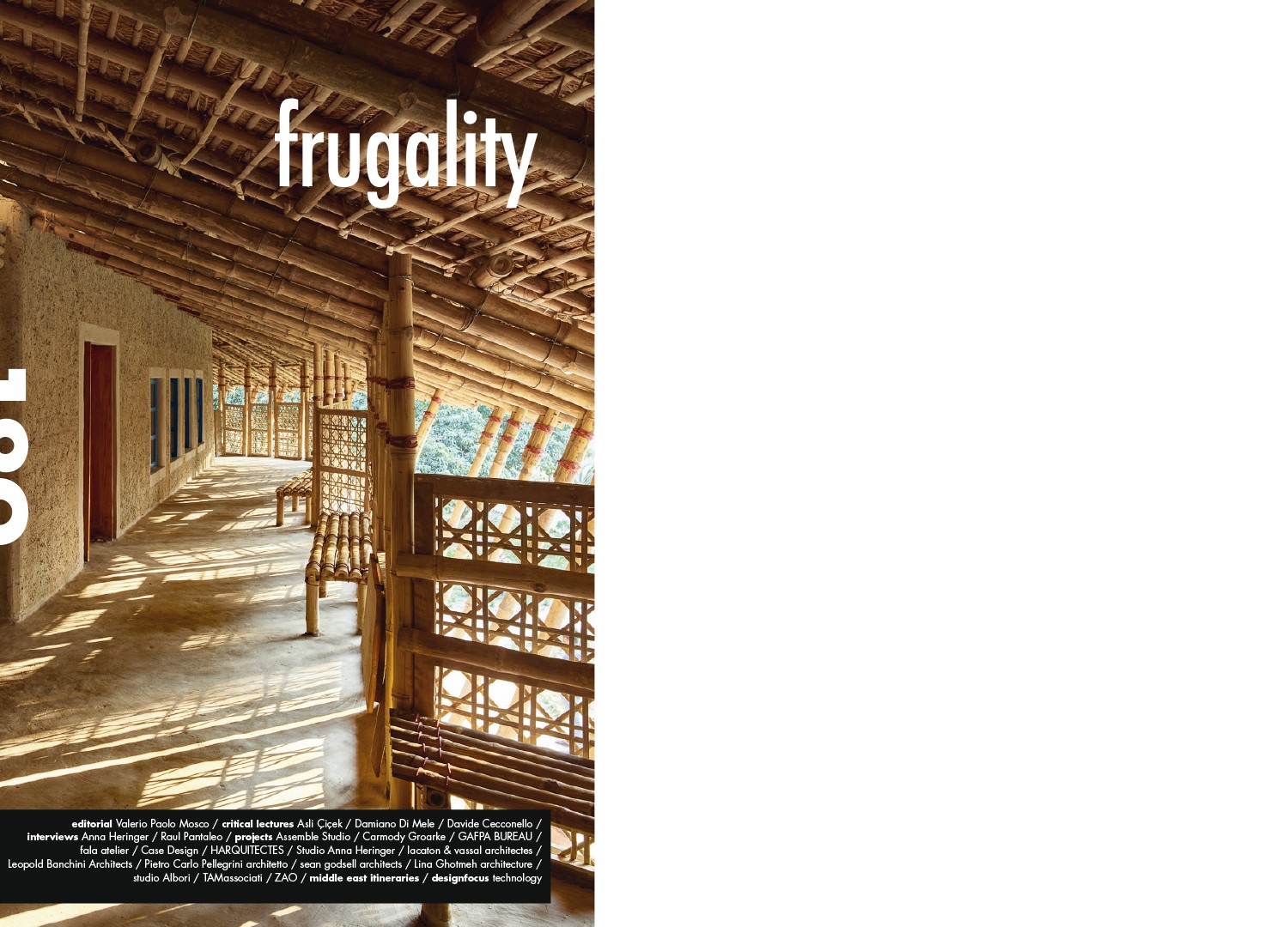
The most sensitive architects of the eastern world, especially in many of the finest examples we see in China, have begun to contrast the opulent western vision with a more domestic and introspective dimension of living. Of course, it’s always a mistake to generalize, and indeed, similar attitudes have been seen as well in South America and in Africa, where they have garnered widespread approval. However there is no question that the Anglo-Saxon model focused on perfection in construction, on amazement in formal terms, on technological exasperation as a rule is definitely revealing all its inadequacy in light of a global situation that is attempting to come to terms with climate change and social upheaval in a world where the poor countries are poorer than ever and the rich keep getting richer. Phenomena of mass migration, the search for a better life and the need to conserve resources – when they are even available – imposes an architecture and a lifestyle that is, in general, more measured, conceived and built in such a way as not to further alter the delicate balance between the natural and the artificial environment, which in many cases is already severely endangered. The awareness of the period in which we are living has suddenly aged certain modes of interpretation of which contemporary society no longer feels the need, while attention is turning, instead, toward solutions based on simplicity, the use of local materials, the rediscovery of traditional construction methods and the application of zero-kilometer solutions.
Download cover
Download table of contents
Download introduction of Marco Casamonti


